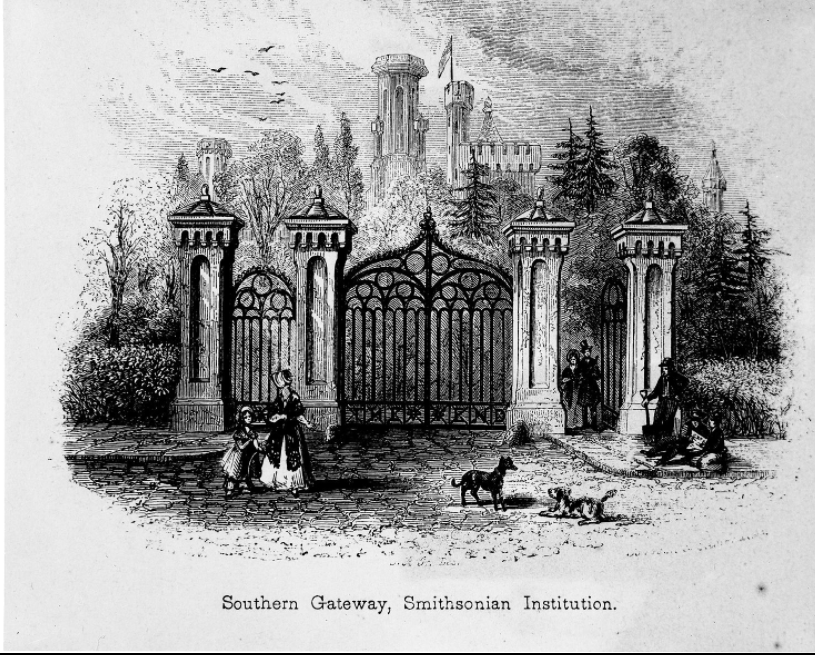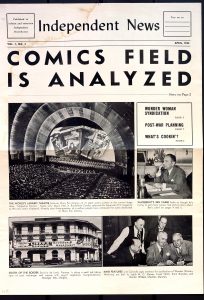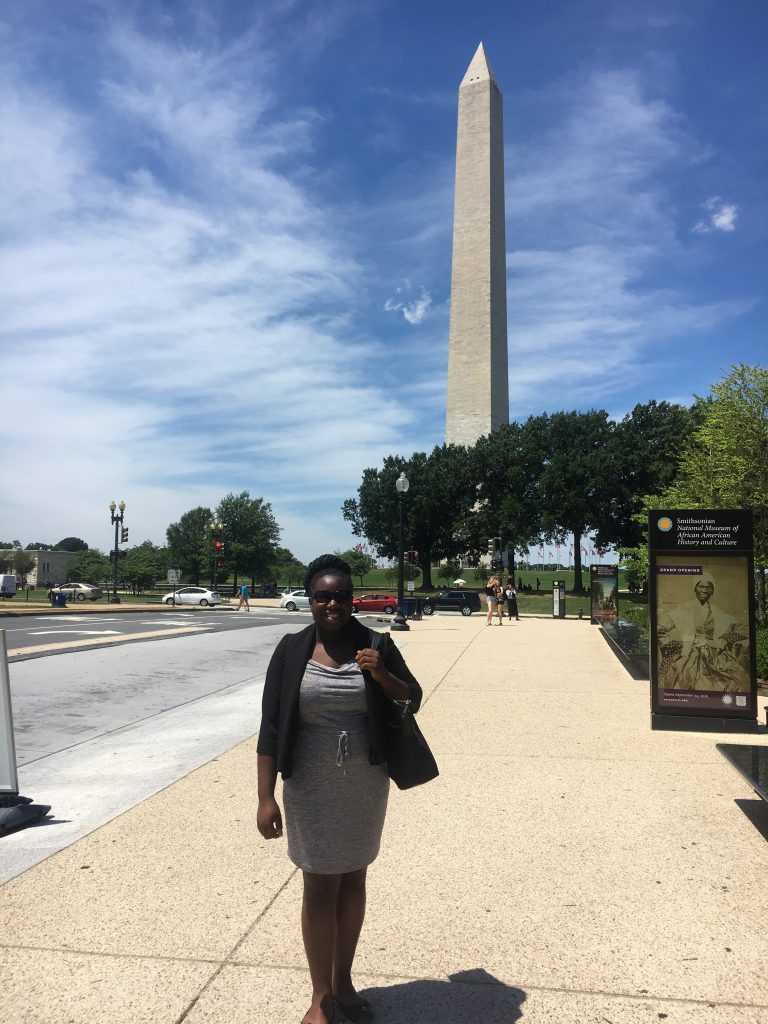
The Cooper Hewitt, Smithsonian Design Museum Library owns books like Researches into the history of playing cards (1816) that support research into the objects in the museum’s curatorial departments. In studying this book, I was able to make a connection between the book illustrations and some playing cards in the Cooper Hewitt Museum’s Drawings & Prints collections. This book is an in-depth research into the history of playing cards, with black and white engravings, and eight hand-colored woodcuts. Smithsonian Libraries’ has an Adopt-a-Book Program that provides essential funding to support the conservation, acquisition, and digitization of books and manuscripts. In addition to adopting books online, the Cooper Hewitt Library will be having a special Adopt a Book event on Nov.7th, 2017 in the museum in New York City. This title is one of the books up for adoption to fund its preservation treatment.




